
What Is The Absorption Theory ?
- Home
- What Is The Absorption Theory ?
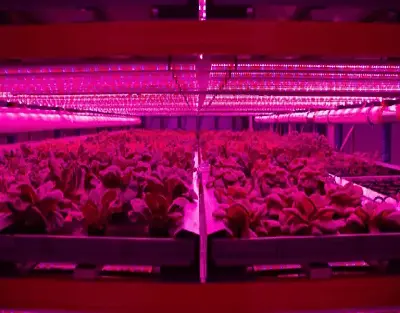
What Is The Absorption Theory ?
What Is The Absorption Theory ?
To understand absorption theory first we have understand leaf structure and Nature of light
Leaves and Leaf Structure :
Plants are the only photosynthetic organisms to have leaves (and not all plants have leaves). A leaf may be viewed as a solar collector crammed full of photosynthetic cells. The raw materials of photosynthesis, water and carbon dioxide, enter the cells of the leaf, and the products of photosynthesis, sugar and oxygen, leave the leaf.
Cross section of a leaf, showing the anatomical features important to the study of photosynthesis: stoma, guard cell, mesophyll cells, and vein. Image from Purves et al., Life: The Science of Biology, 4th Edition, by Sinauer Associates (www.sinauer.com) and WH Freeman (www.whfreeman.com), Water enters the root and is transported up to the leaves through specialized plant cells known as xylem (pronounces zigh-lem). Land plants must guard against drying out (desiccation) and so have evolved specialized structures known as stomata to allow gas to enter and leave the leaf. Carbon dioxide cannot pass through the protective waxy layer covering the leaf (cuticle), but it can enter the leaf through an opening (the stoma; plural = stomata; Greek for hole) flanked by two guard cells. Likewise, oxygen produced during photosynthesis can only pass out of the leaf through the opened stomata. Unfortunately for the plant, while these gases are moving between the inside and outside of the leaf, a great deal water is also lost. Cottonwood trees, for example, will lose 100 gallons of water per hour during hot desert days. Carbon dioxide enters single-celled and aquatic autotrophs through no specialized structures
The Nature of Light :
White light is separated into the different colors (=wavelengths) of light by passing it through a prism. Wavelength is defined as the distance from peak to peak (or trough to trough). The energy of is inversely porportional to the wavelength: longer wavelengths have less energy than do shorter ones.
Wavelength and other saspects of the wave nature of light. Image from Purves et al., Life: The Science of Biology, 4th Edition, by Sinauer Associates (www.sinauer.com) and WH Freeman (www.whfreeman.com).
The order of colors is determined by the wavelength of light. Visible light is one small part of the electromagnetic spectrum. The longer the wavelength of visible light, the more red the color. Likewise the shorter wavelengths are towards the violet side of the spectrum. Wavelengths longer than red are referred to as infrared, while those shorter than violet are ultraviolet.
Light behaves both as a wave and a particle. Wave properties of light include the bending of the wave path when passing from one material (medium) into another (i.e. the prism, rainbows, pencil in a glass-of-water, etc.). The particle properties are demonstrated by the photoelectric effect. Zinc exposed to ultraviolet light becomes positively charged because light energy forces electrons from the zinc. These electrons can create an electrical current. Sodium, potassium and selenium have critical wavelengths in the visible light range. The critical wavelength is the maximum wavelength of light (visible or invisible) that creates a photoelectric effect.
Theory
6H2O + 6CO2 ———-> C6H12O6+ 6O2
(six molecules of water plus six molecules of carbon dioxide produce one molecule of sugar plus six molecules of oxygen)
So now check how this reaction happens at plants as you know that plants has different pigments which absorb energy for chemical reactions.
Chlorophyll and Accessory Pigments
A pigment is any substance that absorbs light. The color of the pigment comes from the wavelengths of light reflected (in other words, those not absorbed). Chlorophyll, the green pigment common to all photosynthetic cells, absorbs all wavelengths of visible light except green, which it reflects to be detected by our eyes. Black pigments absorb all of the wavelengths that strike them. White pigments/lighter colors reflect all or almost all of the energy striking them. Pigments have their own characteristic absorption spectra, the absorption pattern of a given pigment.
Chlorophyll is a complex molecule. Several modifications of chlorophyll occur among plants and other photosynthetic organisms. All photosynthetic organisms (plants, certain protistans, prochlorobacteria, and cyanobacteria) have chlorophyll a. Accessory pigments absorb energy that chlorophyll a does not absorb. Accessory pigments include chlorophyll b (also c, d, and e in algae and protistans), xanthophylls, and carotenoids (such as beta-carotene). Chlorophyll a absorbs its energy from the Violet-Blue and Reddish orange-Red wavelengths, and little from the intermediate (Green-Yellow-Orange) wavelengths.
Carotenoids and chlorophyll b absorb some of the energy in the green wavelength. Why not so much in the orange and yellow wavelengths? Both chlorophylls also absorb in the orange-red end of the spectrum (with longer wavelengths and lower energy). The origins of photosynthetic organisms in the sea may account for this. Shorter wavelengths (with more energy) do not penetrate much below 5 meters deep in sea water. The ability to absorb some energy from the longer (hence more penetrating) wavelengths might have been an advantage to early photosynthetic algae that were not able to be in the upper (photic) zone of the sea all the time
The action spectrum of photosynthesis is the relative effectiveness of different wavelengths of light at generating electrons. If a pigment absorbs light energy, one of three things will occur. Energy is dissipated as heat. The energy may be emitted immediately as a longer wavelength, a phenomenon known as fluorescence. Energy may trigger a chemical reaction, as in photosynthesis. Chlorophyll only triggers a chemical reaction when it is associated with proteins embedded in a membrane (as in a chloroplast) or the membrane infoldings found in photosynthetic prokaryotes such as cyanobacteria and prochlorobacteria.
Absorption spectrum of several plant pigments (left) and action spectrum of elodea (right), a common aquarium plant used in lab experiments about photosynthesis. Images from Purves et al., Life: The Science of Biology, 4th Edition, by Sinauer Associates (www.sinauer.com) and WH Freeman (www.whfreeman.com).
The visible light spectrum ranges from red (the longest wavelength) through orange, yellow, green, blue, indigo, and finally violet (the shortest wavelength), and plants possess pigments that can absorb light in specific regions of the spectrum. One of the green pigments that absorbs light for use in photosynthesis is called “chlorophyll a”; it readily absorbs violet/blue and red light but not much of the lighter blue, and green and yellow light. “Chlorophyll b” is structurally only slightly different from chlorophyll a, but its absorption spectrum is somewhat different. Chlorophyll b absorbs more in the blue and orange-red ranges. Thus, chlorophylls appear green because the pigments absorb light in all of the other color ranges, and only green is transmitted to our eyes. Due to the slightly different absorption spectra, chlorophyll a looks bluish green, while chlorophyll b looks yellowish green.
The absorbance spectrum, in the visible light range, of chlorophyll gives interesting results. The chemistry of chlorophyll creates three blue absorbance peaks at 416, 454, and 482 nm, and one red absorbance peak at 670 nm. The combination of these wavelengths is green to the human eye, but different sources of chlorophylls will have different ratios of these peaks, which create various shades of green. Thus, in the world of chlorophyll, all greens are not the same.
References:
http://ressources.unisciel.fr/tp_virtuels/Pigment_Extraction_Lab/co/module_Virtual%20Experiment_1.html
https://www2.estrellamountain.edu/faculty/farabee/biobk/BioBookPS.html
- Blog Categories
- Basic of Artificial Lighting for Plants
- Basic of grow Light
- Case Studies
- General Awareness
- Indoor Vertical Farming
- Medical Plant Research
- Online Tool
- Pitch Grow Light
- Plant Lighting Measurement
- Speed Breeding
- Supplemental Lighting
- Tissue Culture Grow Lights
- Vertical Green Wall
- LED Grow Lights
- Pharma Segment
- General
Popular Products
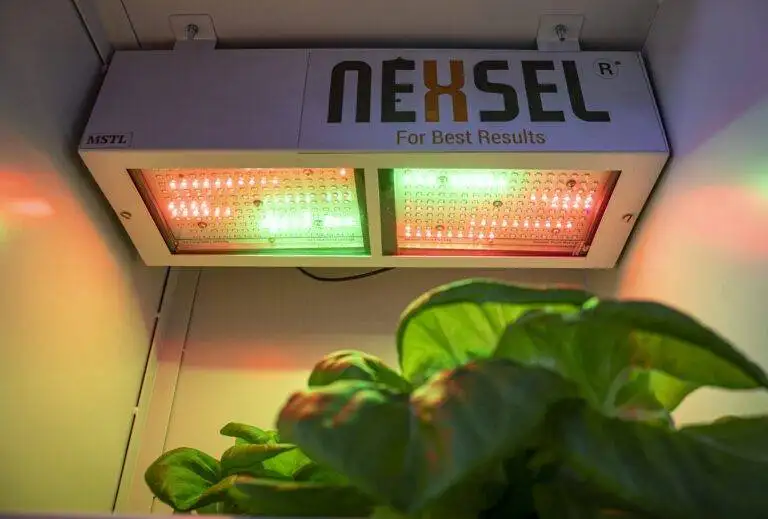
Enquire Now
Quick Link
Other Links
Design & Developed By VBTEK



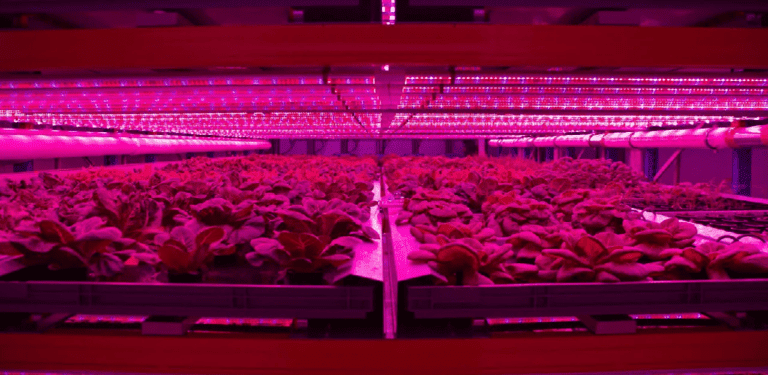
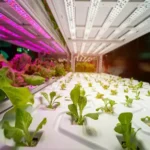
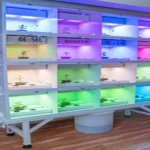
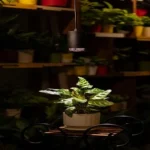
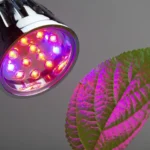
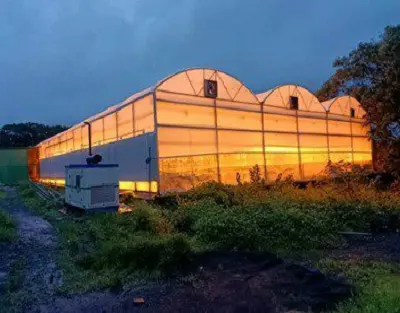
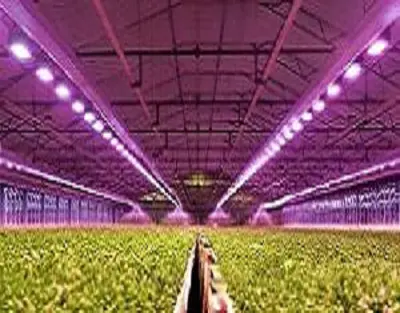
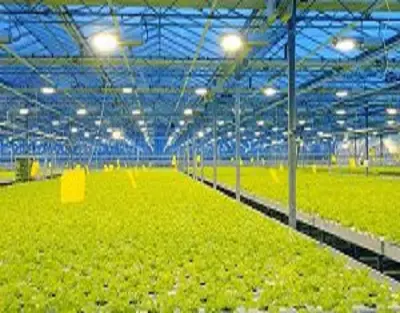
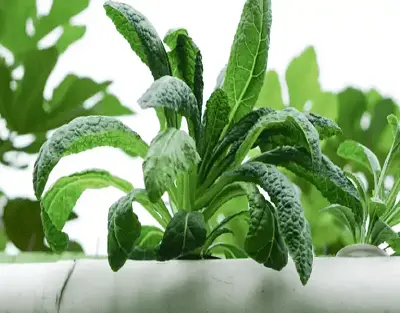
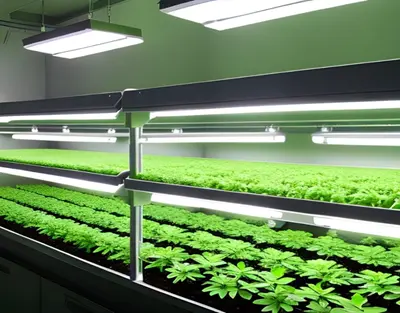

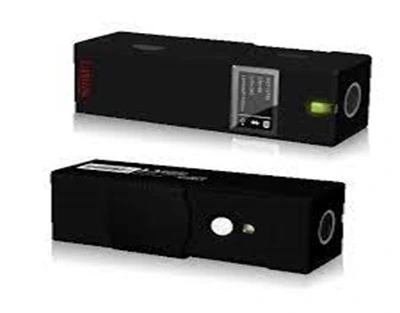
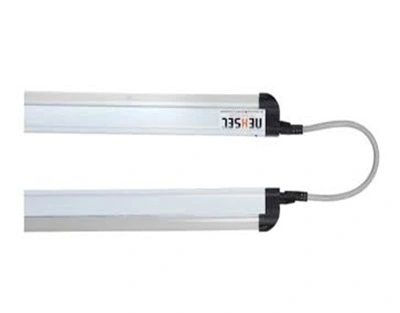
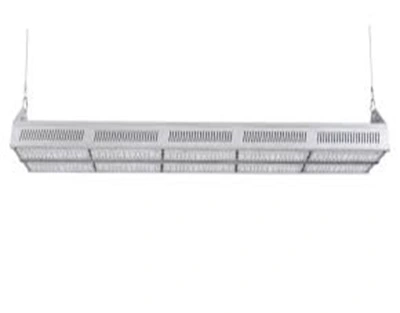
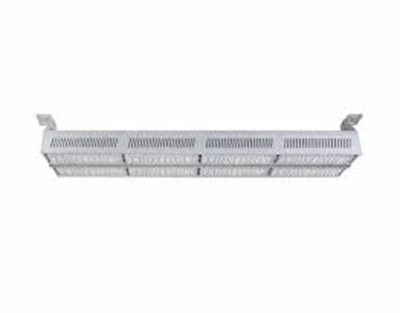


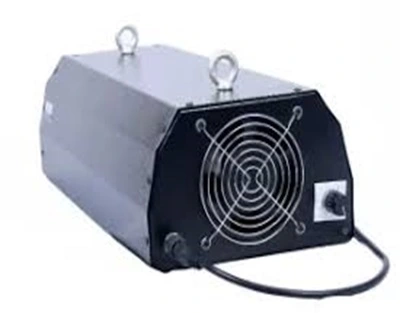
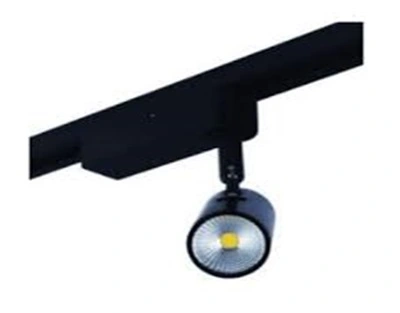

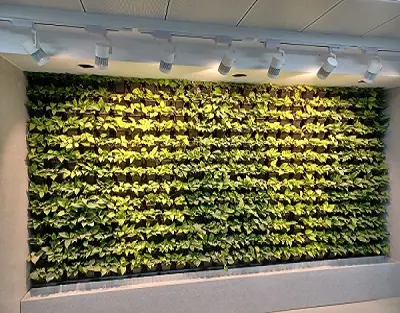
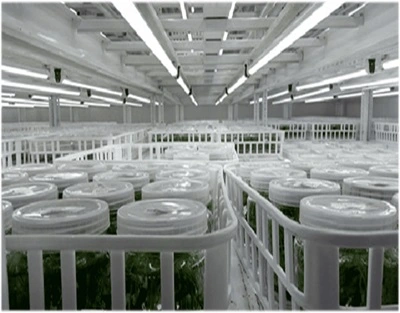
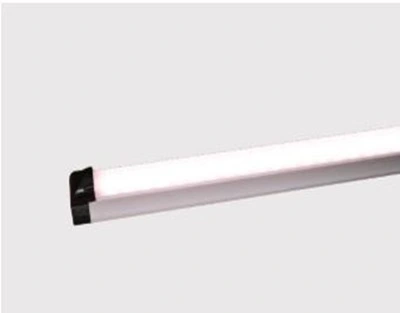
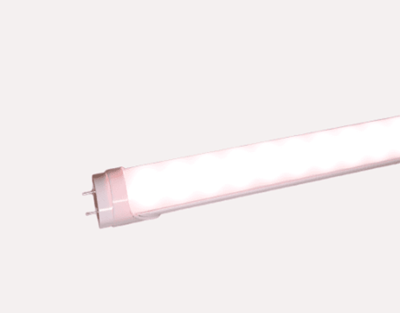
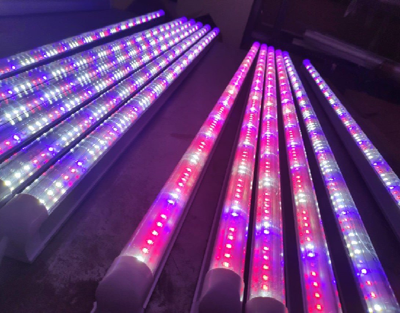

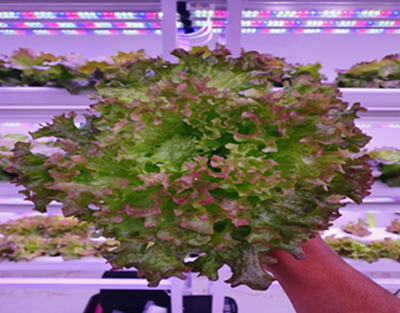
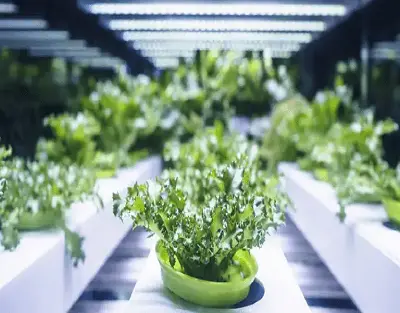
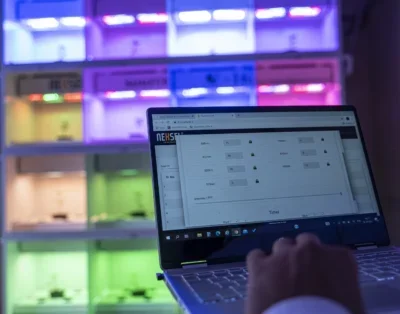


Leave A Comment